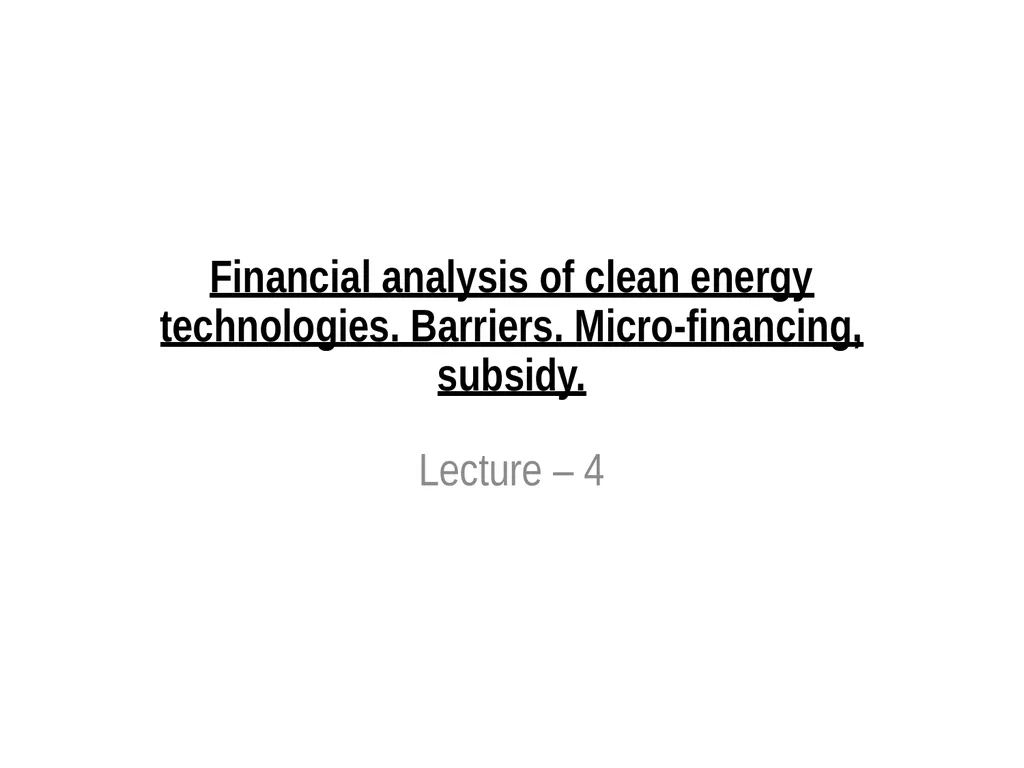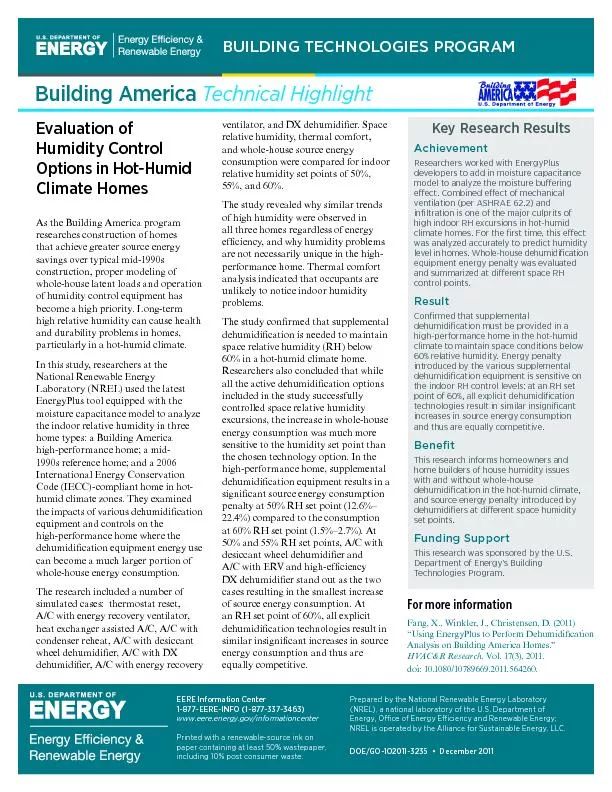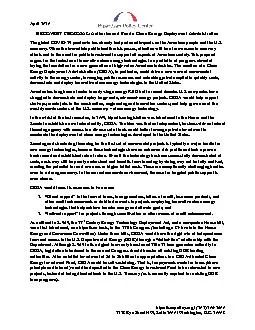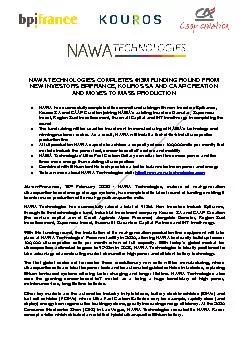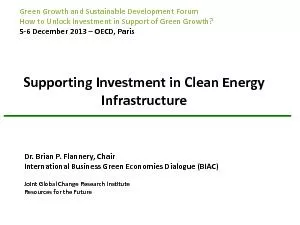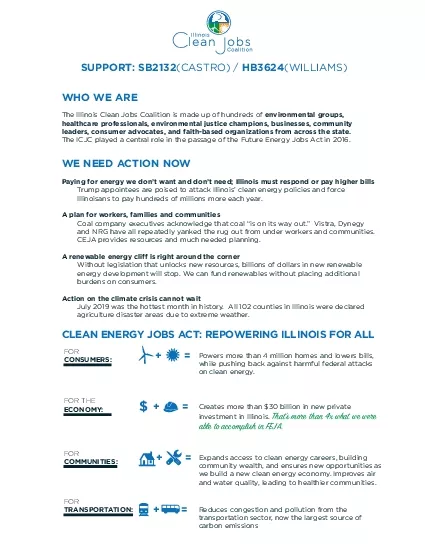Financial analysis of clean energy technologies.
Author : test | Published Date : 2025-06-23
Description: Financial analysis of clean energy technologies Barriers Microfinancing subsidy Lecture 4 Outline of course Management of Micro Level Clean Energy Projects Introduction to project management for clean energy system at micro level
Presentation Embed Code
Download Presentation
Download
Presentation The PPT/PDF document
"Financial analysis of clean energy technologies." is the property of its rightful owner.
Permission is granted to download and print the materials on this website for personal, non-commercial use only,
and to display it on your personal computer provided you do not modify the materials and that you retain all
copyright notices contained in the materials. By downloading content from our website, you accept the terms of
this agreement.
Transcript:Financial analysis of clean energy technologies.:
Financial analysis of clean energy technologies. Barriers. Micro-financing, subsidy. Lecture – 4 Outline of course Management of Micro Level Clean Energy Projects Introduction to project management for clean energy system at micro level. Functions of project based management: scope of work, project organization, quality, cost and duration Tools and techniques of project-based management Project life cycle. Processes of project management. Types of management Methods of selecting sustainable clean energy technologies for the household, community. Social, economical and technical impact of selected clean energy technologies Financial analysis of clean energy technologies. Barriers. Micro-financing, subsidy. Capacity building of local operators, managers regarding the maintenance of clean energy technologies. Project management of micro level clean energy projects (such as MHP, SHS, wind energy for electricity generation and irrigation, biomass gasifiers etc.). 2 Basic terms Net Present Value (NPV) Present Value Future Value Discount Rate Internal Rate of Return (IRR) Sensitivity Analysis 3 Financial analysis Time value of money Principle Interest: simple, compound Cash flows Net cash flow =Revenue or saving – production cost –taxes-capital The time value of money looks at the timing of investments and income; money received sooner is more important than equal money received in the future. The cash flow is a series of negative and positive values reflecting how money flows from and to an investor. Investors must look at incremental cash flows. 4 Example 1 The estimated salvage value of a flat plate solar collector at the end of its useful lifetime of 20 years is Rs 5,000 determine it present worth for a discount rate of 10 percent. PV = 5,000/(1+ 0.1)^20 =Rs 743.22 5 Example 2 It is estimated that about 4.5 million households in the country can benefit fro the use of improved biomass cook stoves. What is the required growth rate to achieve the potential in the next 20 years if the number of improved biomass cook stoves disseminated so far is 0.3 million? [Ans. r=14.5%] A 2 m3 biogas plant cost Rs. 10,000 and has a useful life of 20 years. Calculate the unit cost (Rs/m3) of biogas produced if the annual average biogas production efficiency is 90%, average maintenance cost is 5%of the capital cost and the discount rate is 12%.] [Ans. Rs 2.80/m3. Hint: Annualized capital cost = Principal*[r*(1+r)^n/((1+r)^n-1)] 6 Financial tools: NPV, IRR Net present value The net present value is the revenue or savings derived from an investment, less
